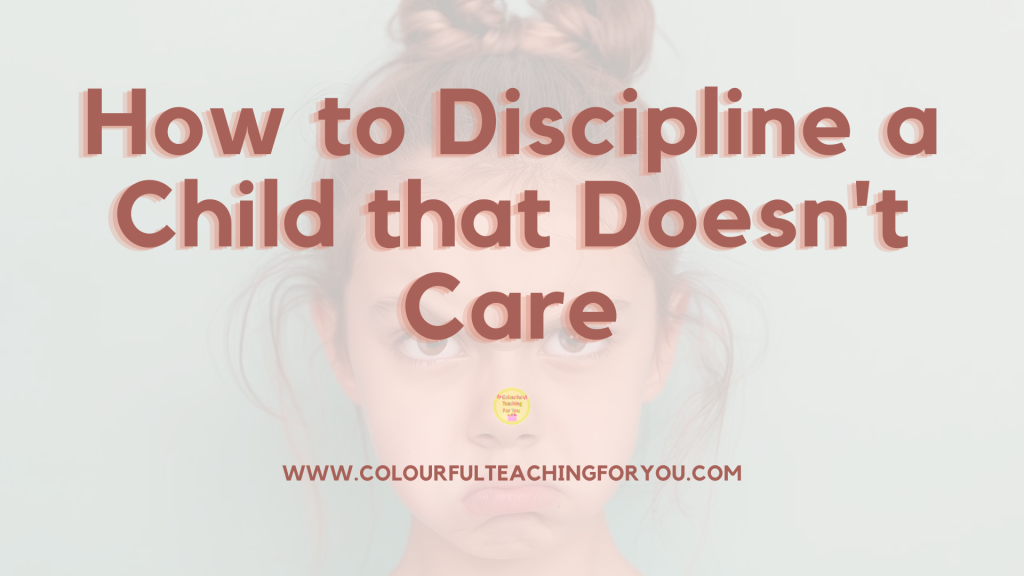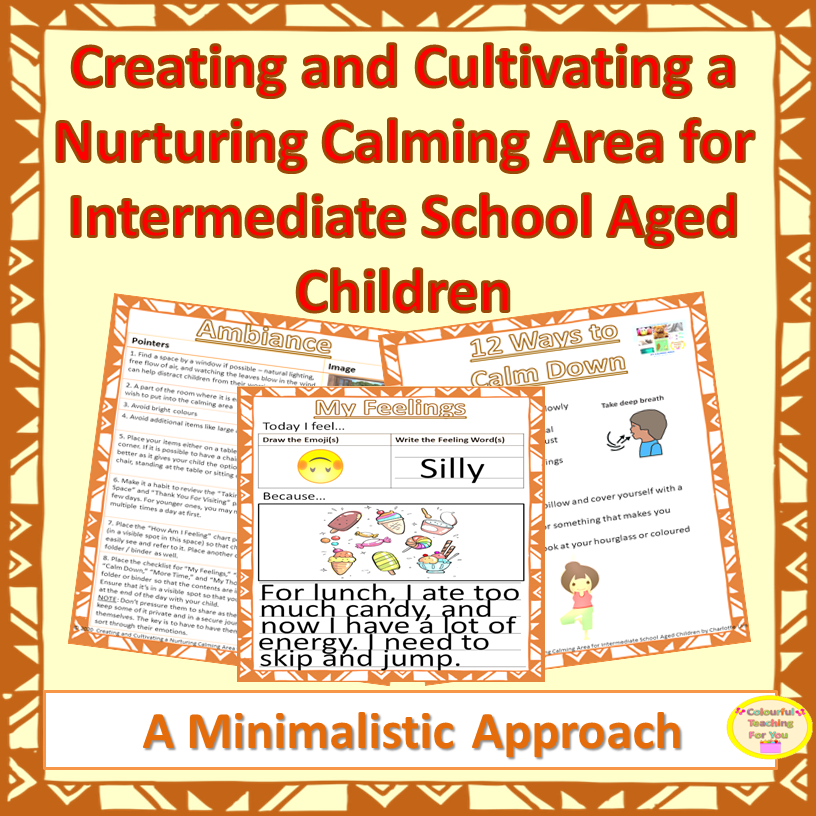Your kids are having constant meltdowns and they don’t care about how you dripline them or when you raise your voice. In fact, they might even yawn or say, “Meh! I don’t care!” It can be incredibly frustrating to discipline a child that doesn’t care or at least demonstrates that they don’t care.
Often times, when a child doesn’t care about a consequence, it’s because there’s a mismatch between it and the problem. For example, depending on where you live, some parents spank or hit their child or physically isolate them by sending them to their room.
There are also teachers and parents who are too afraid to have confrontations with their child for fear that it may worsen the situation or cause their children to longer like them.
When children have an outburst, it’s because they’re trying to communicate something to us. For instance, if your child starts acting up when they’re asked to do chores and you send them to their room, they’ve just gotten out of doing the thing that they don’t enjoy. It means that they’ll repeat this behavior on hopes of getting the same consequence. This will make them happy and you miserable. Therefore, we need to match the consequence with the problem.
As teachers and parents, we have to remember that we are not our kids’ friends. We are in their life to help support and guide them.
This article will provide you with steps to find appropriate discipline strategies for your child.
Actionable Steps:
#1. Set Appropriate Expectations and Routines
Outline what you expect of your children in the way of behavior and chores. For example, my son knows when we’re going to work on academics and when we’ll play. He knows how to behave when we go out, especially when he wants specific toys. We’ve outlined consequences for going against them. Note that when my child or my students misbehave, I warn them ahead of time and remind them of the consequences before following through.
If you’d like support with setting out clear routines, check out the following article, “How to Create a Good Routine for Kids?“
#2. Provide Clear Consequences
Instead of giving children a time out in an angry tone if your child gets angry because they don’t want to put the dishes in the dishwasher or in the sink, let them know that they’ve shown you that they don’t want to enjoy desert today as you’re cleaning the table to get ready for dinner. Notice how this consequence is a natural one for not doing what’s expected of them instead of rushing in to take something away from them, like their screen time, that has nothing to do with the problem at hand.
If you’re child is angry and having a meltdown, don’t just send them to their room. Create a space where they can calm themselves down. I’d go to the calming area with them or create a space for you and show them that you’re upset and going to calm down your nerves as well. This will show them how to manage their emotions by watching you and they’ll know that no matter how angry they are, you’re going to be right there with them.
If and when it’s possible, sit down with them, embrace them as it will help calm them down faster and then move on to step number three.
If you’d like to learn how to create a calming area in your home, check out the following resources and choose the one that best suits your child’s needs.
#3. Be Open to Conversation
Talk to your children about the reasons behind their behavior. There’s always a reason, even if it’s boredom or an attempt to get attention. It will allow you to understand your child and their needs on a deeper level.
If they say, “I don’t know.” “go away” or “I don’t care,” don’t listen to these words. Watch their behavior and actions, even if they’re negative. Instead look at the trend of when the behavior occurs and find subtle ways to talk to them about it. Even if you’re hit with silence, when you show your children that you’re there to talk to them and not punish them, they’ll gradually start to feel your love and openness to them.
#4. Embrace The Attempt and Positivity
If your kids try to do something but don’t do it quite right, that’s okay. Praise them for the attempt because if they know that you’ve noticed that they’re putting in the effort, it will fill their heart with joy, even if they don’t say it out loud or showcase their emotions.
When your child does something correctly, praise the living daylights out of them. Most people will tell you not to do that but if you do, it will build up their confidence to keep on trying instead of having meltdowns. In time, you can reduce the amount of praise you are giving but start with over the top first.
Recap:
Let’s recap really quickly. Today, we looked at the following:
- The reasons for children misbehave.
- Four ways to discipline a child that doesn’t care: set appropriate expectations and routines, provide clear consequences, be open to conversation, and embrace the attempt and positivity.
Free Resources:
If your children are struggling to hand in assignments on time, check out the following video training: 3 Steps to Teach Children How to Overcome Procrastination to Increase Productivity.
Next Steps:
For calm down areas on a budget, for your students who have autism, CLICK HERE.
You’re welcome to join us inside ADHD and Autism Self Regulation by CLICKING HERE or on the fallowing image.
If you found this video beneficial, would you do me a favor? Share this with your family, your friends, your loved ones, your co-workers or someone who you think could benefit from this. Thank you!
I’ll see you next Friday at 5:30pm PST.
Until I see you next time, remember to create, experience & teach from the heart.
Take care,
Charlotte
Disclaimer: I’m a teacher and a parent. I’m not a medical professional, so please don’t take this as medical advice. The advice that I provide in my videos and online are strategies that I have used in my own class or at home that have worked beautifully.









